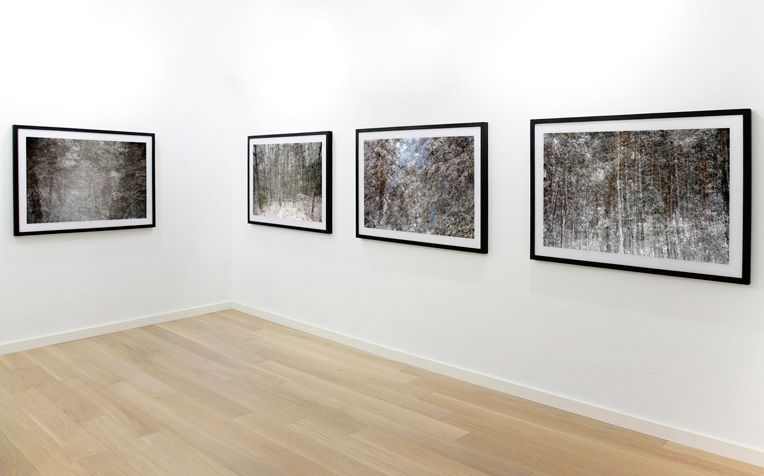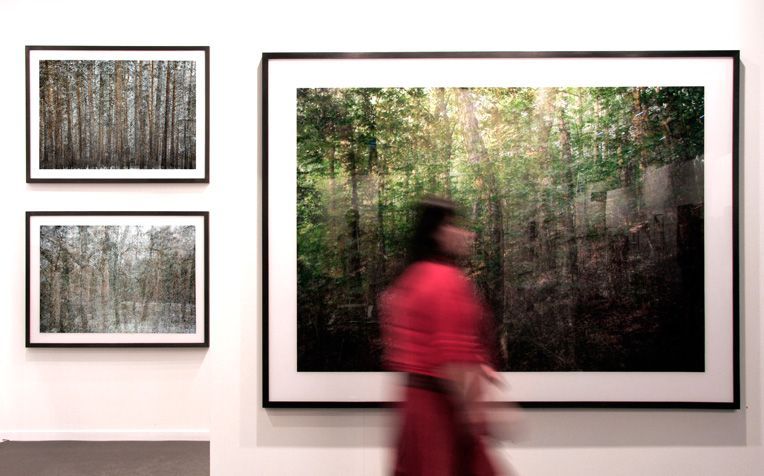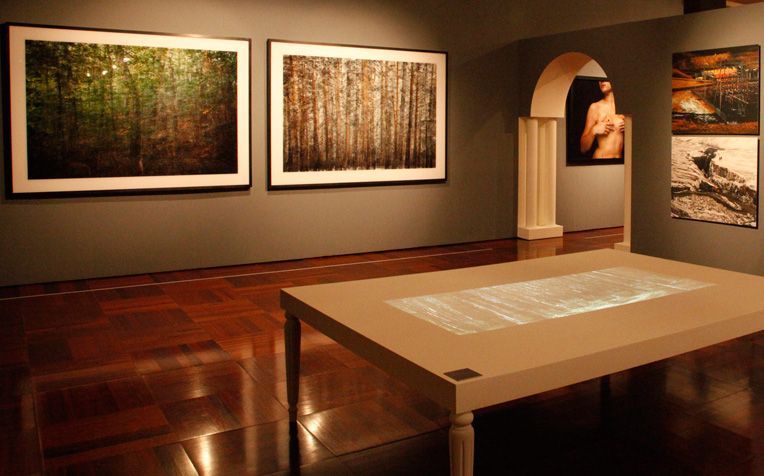



KAIZEN O EL BARÓN RAMPANTE
María Santoyo
Facing the challenge, always hazardous, a bit shameless, of versifying the creation of others, the sublime term is the best joker.
The Longino concept, rescued from Renaissance, claimed by the Barroque and reinvented by Romanticism, has not lost its validity century after century. Simplifying to the maximum and transforming arts into a bipolar matter, by discarding, everything that is not beautiful is sublime.
The extreme and painful 15:49 24/11/2010beauty to which the term refers is the result of the assumption, grieving and deterministic, that the human hand cannot produce beauty, the latter is given to us, with an intensity sometimes overwhelming. We can try to represent it, imitate it, but with reverence and humility. Beauty already is. Recreating it is a pretentious and utopian business. Therefore the romantic fascination for overflowing nature, for the tentative cliffs, for the reduced and contrite human figures, frightened beings against the impossible, agoraphobic portraits of our insignificance.
Art comprises of periods dedicated to chaos and harmonious periods of regulated and great canonical care. Generally, these cycles are closely linked to social and economical contexts, but this is an aspect which I will not tackle to ensure brightness and metaphoric strength are not taken away from the text.
Today’s creation more or less aims for the sublime. Aesthetic and intellectual excess –or pseudointellectual- is a constant nowadays in the Art. It is also true that the use of new and diverse technologies for artistic aims has contributed to this trend. Nevertheless, despite today’s benefits, despite the passing of time and the popularisation of the different theories on aesthetics, the representation of chaos carries the same frustration as it did in the 19th Century. The difference is that today the artist is not consistent with his frustrations, and instead of committing suicide, he resigns himself. He forever searches for alchemies to make this chaos tangible by creating artificial paradises closer to Hades rather than Eden.
On rare occasions, the sublime is means and not the end. The artist goes beyond his anguish and without giving up on his fascination for chaos, he overcomes it, makes it his and restructures it based on his desires. In other words, in order to see the forest he will climb to the top of a tree, to get a panoramic view, and go down again and portray from the ground what he will have seen from above. In which case, the viewer, who has not experienced such “climb”, perceives an initial chaos, and after his confusion realises that it is nothing else but appearance.
He tenido ocasión recientemente de detenerme con cierta comodidad —sin prisas y sin tumultos— ante un cuadro de Van Gogh, conocido como todos ellos, que representa a una pareja espectral caminando en un bosque. Van Gogh, que es sin duda la encarnación de lo sublime —él sí que fue consecuente con sus frustraciones—, dispuso en su lienzo un punto de fuga y un haz de luz cromática que, sin ordenar el abigarrado bosque, le aportaba un elemento armónico yesperanzador.
I recently had the opportunity to stop and watch –without rushing or any crowds- a famous painting by Van Gogh showing a spectral couple walking in the forest. Van Gogh, who is without a doubt the reincarnation of the sublime –and who was actually consistent with his own frustrations-, placed in his painting a vanishing point and a chromatic beam that, without tidying up the jumbled forest, provided a harmonious and hopeful element.
Therefore, what is apparently confusing, excessive and heavy, gives a dimension that can be seen by the human eye. This is an interesting interpretation of the sublime. Formally, it follows the same rules as always, tending towards empty horror, but giving up on his determinism. Man succeeds again before this entelechy, this invented idea that is nature today. The man, exasperated by his inhospitable environment, climbs the trees. To the contrary of the Baron of Rondò, who stays on top of the trees for the rest of his life, today’s man climbs down occasionally, and sometimes falls, but enjoys a certain tranquillity, as he has seen -or imagine- the whole of the World. The tree, for once, has let him see the forest.